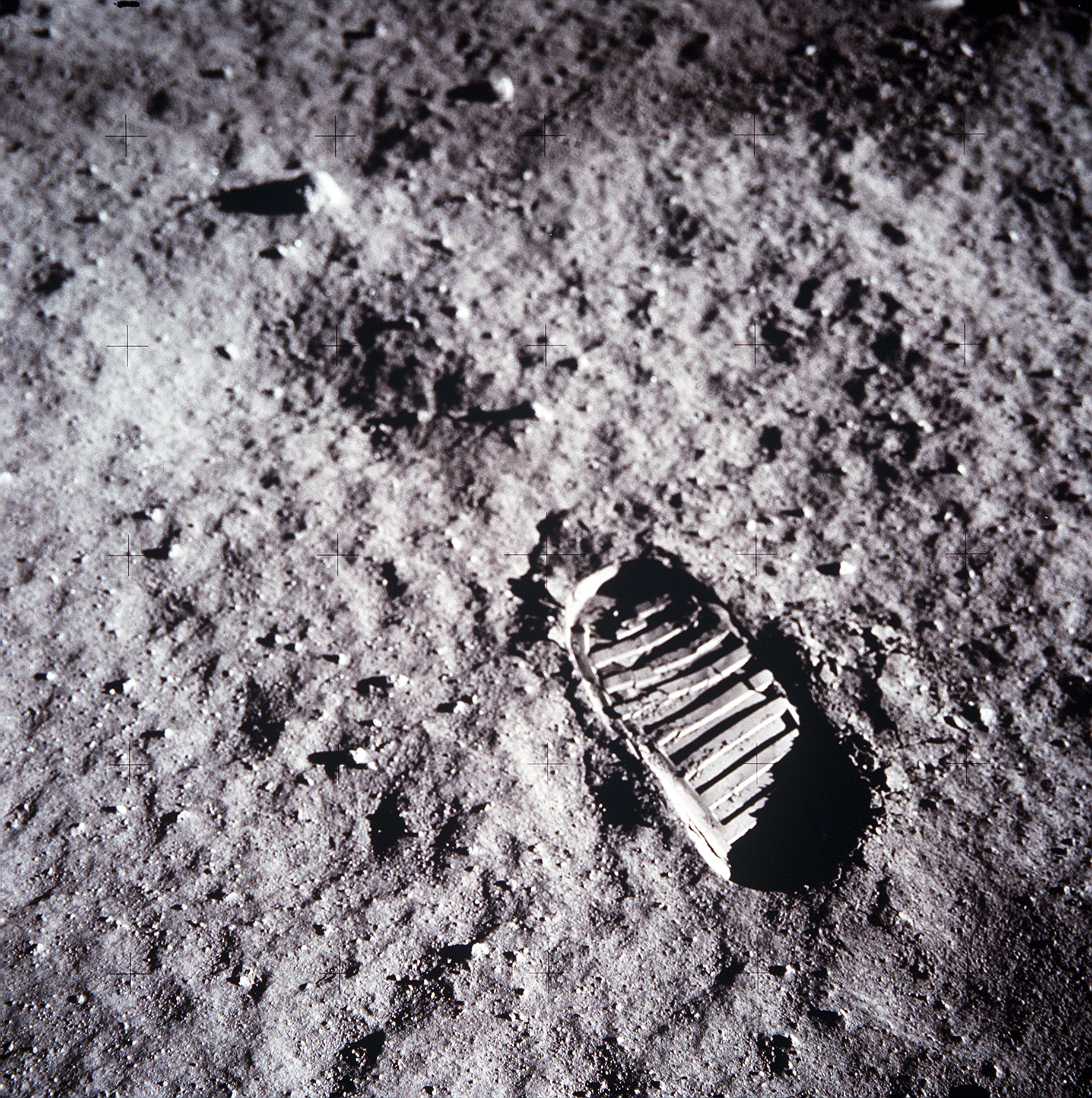Final DSP Satellite Lifted to Orbit on First Operational Delta IV Heavy Lift
The last of the 23-satellite Defense Support Program (DSP) satellites was lifted to orbit this past weekend on the newest heavy lift rocket in the US inventory. The Delta IV was developed as part of the Evolved Expendable Launch Vehicle program to replace the previous workhorse of US military and commercial heavy lift, the Titan-family. Consisting of three Common Booster Cores — the liquid hydrogen-fueled motor that forms a Delta 4-Medium’s first stage, that are then strapped together to form a three-wide booster rocket, a powerful upper stage is added to complete the setup. Each 15-story booster core features a Pratt & Whitney Rocketdyne RS-68 main engine that generates 650,000 pounds of thrust (1.9 million pounds of thrust total – by comparison, each of the Saturn V’s first stage F-1 engines produced 1.5M lbs of thrust for a total of 7.5M lbs of thrust) while burning super-cold liquid hydrogen and liquid oxygen propellants. The cryogenic upper stage has the Pratt & Whitney Rocketdyne RL10B-2 powerplant. Together it constitutes the most powerful liquid-fueled rocket in the world.




